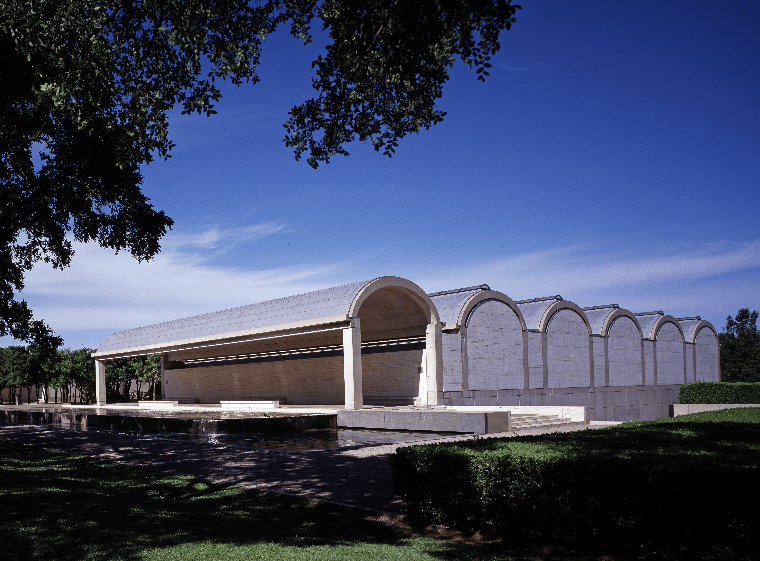Art Lovers Enjoy the Kimbell Art Museum
The state of Texas has a lot to offer visitors, from history to beaches to sports to arts. There are countless things to see and do in Texas. One of those things to see is the Kimbell Art Museum located in Dallas, Fort Worth. The museum is just one of many museums that can be found within a mile and a half of each other in Fort Worth’s Cultural District. The museum’s permanent art collection is small because they only have around 350 pieces of art are placed in its two buildings. These arts range from Egyptian artifacts to French Impressionists and Renaissance paintings.
The Beginnings
Establishing an art museum was just an idea when Velma and Kay Kimbell bought their first piece of art in 1935, William Beechey’s The Artist’s Children. After a year, the Kimbell’s launched the Kimbell Art Foundation. When Mr. Kimbell died in 1964, he decided to give his fortune to build a museum. That is why the Kimbell’s collection had expanded to 260 paintings and 86 other works of art.
The Architects
In 1964, they announced where the Kimbell Art Museum would be built. Two years later, they announced that Louis Kahn was the one who will design the building. Kahn beat out several architects, including I.M. Pei, who created the glass pyramid located next to the Louvre in Paris. The foundation and the museum director, Richard Brown, highly recommended that Kahn should design the museum with natural light and outdoor views in mind. In 1969, the ground for the museum was broken, and the facility was opened in 1972.
By the turn of the twenty-first century, the Kimbell was running out of space. Rather than add to the original building and interrupt its design’s flow, it was decided that an additional and separate building would be built. Renzo Piano, who had worked in Louis Kahn’s office as a young man, was commissioned in 2007 to design the new structure. The ground was broken in 2010, and the new building opened in 2013
Louis Kahn Building
Before you enter this building, you will see its exterior made of six gray concrete and travertine vaults. The Kahn building is has a simple yet modern design, and it is free of excess ornamentation. Architect Kahn wanted his building to ]mirror ancient structures that he had seen in Italy and Greece.
The building is built of one million pounds of travertine limestone and concrete. It has white oak floors indoors and neutral tones that allow the colors of the art in the galleries to stand out.
The Galleries
The Louis Kahn building holds three galleries in the main building. The east gallery shows the history of the building, and you can view models of the building and Kahn’s ideas for the vaults. The north gallery of the building holds one portion of the museum’s permanent collection. While the south gallery features rotating temporary exhibits where the galleries’ walls move to give flexibility to the artworks.
The Renzo Piano Pavilion
Located across the lawn from the Louis Kahn building is the Renzo Piano Pavilion. The Piano Pavilion is two connected buildings, and when you enter the first building, you will find yourself under the glass roof. The glass has an illusion that it floats on wooden beams. Piano somehow reflects the architecture of the Kahn building. However, the Piano Pavilion is not as high as the Kahn building, aside from that, it also used concrete as a building material.
The two Piano buildings are connected by a glass walkway, which takes you into the other galleries. The building roof is covered with grass, and the management allows visitors to use them for recreational purposes. The connecting structure contains the education studios, a library, and an auditorium. Underneath everything is a parking lot.
The Galleries
The Piano Pavilion contains three galleries. The auditorium will greet you when you enter the lower level of the building. The upstairs of the front building holds the west gallery, which houses the Asian art collection. On the connecting building, you will be able to see the gallery of Pre-Columbian and African Art. Aside from that, this side of the building also functions as a temporary exhibition space.


